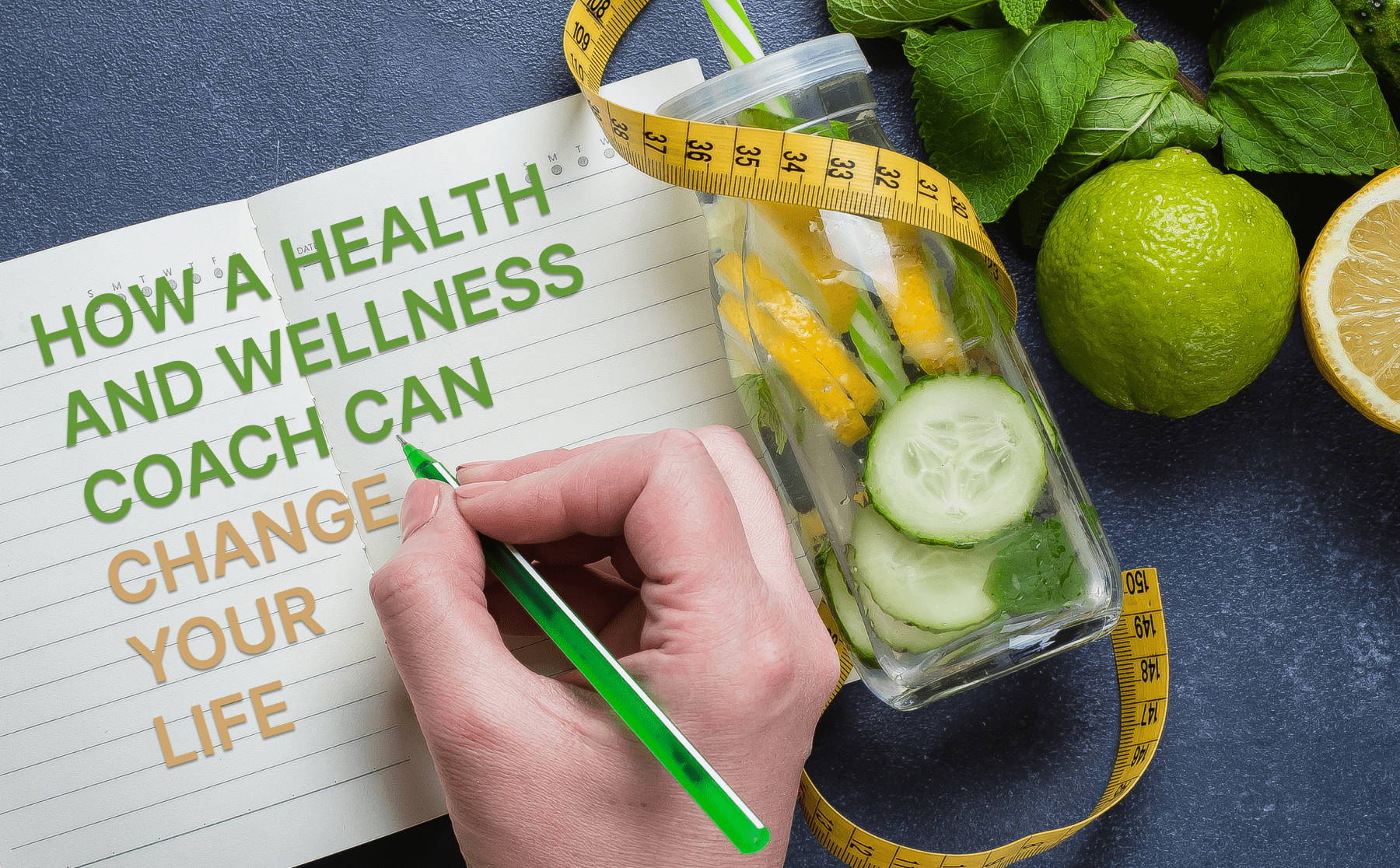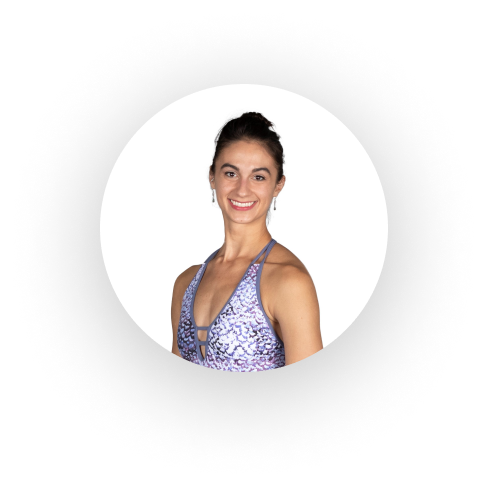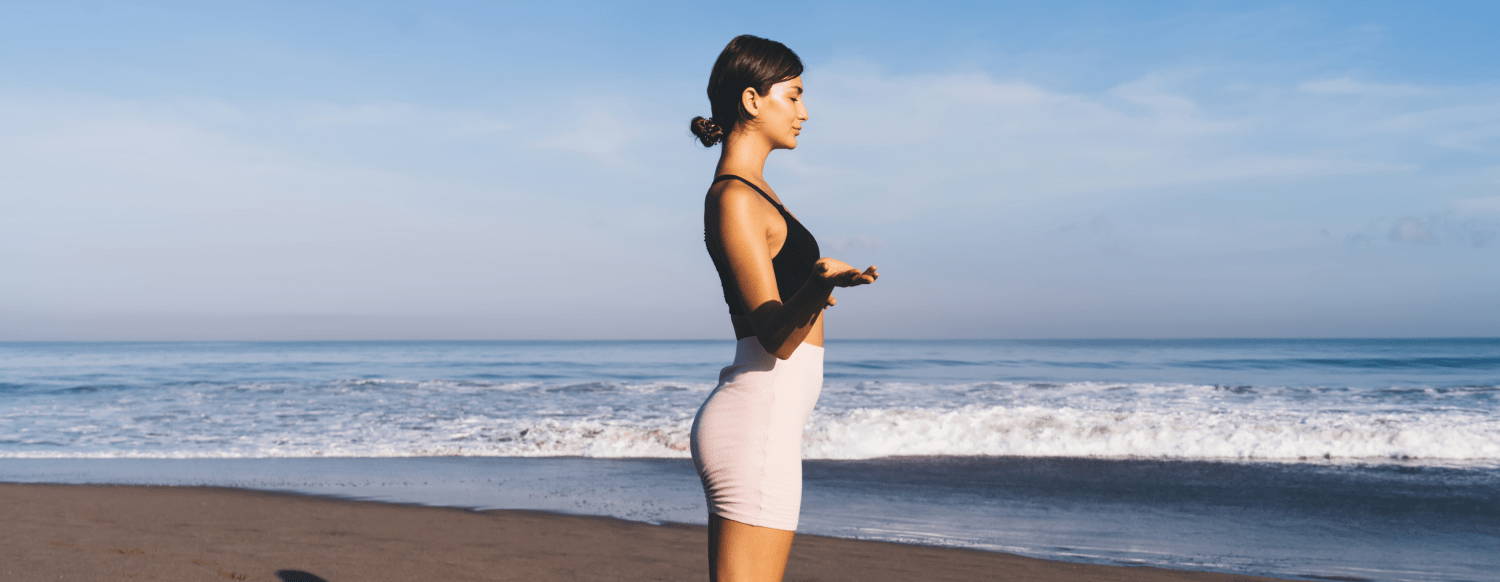Your Cart is Empty


Melissa Lineburg
Melissa Lineburg is enjoying her 12th season as a professional dancer. As a freelance dancer she works with multiple dance companies and choreographers in the Washington, DC area. She is co-founder, managing director, and company artist with Ballet Embody. Off-stage, she is a certified yoga teacher, and she teaches Adult Advanced Beginning Ballet at Maryland Youth Ballet in Silver Spring.
She knows what it’s like to be a dancer…classes, rehearsals, performances; and then there is food. What to eat? How much and when to eat? Always an issue. But one day, something changed. And she found herself pursuing a new and exciting career that included both dance and nutrition. Her passion lies in helping dancers understand and benefit from their relationship with dance and nutrition, so they can become their best.
1. What was the catalyst that inspired you to become a health and wellness coach?
For a few years, I was on a personal journey to figure out what Master's degree to pursue. Going back to school was always a goal of mine, but I couldn't seem to settle on a field of study. Although I enjoyed working in arts administration, pursuing an MBA or MA didn't feel like the right fit for me. Similarly, while I loved dancing, pursuing a Master's in dance education or choreography didn't align with my career aspirations.
However, the turning point for me came during a family dinner, when my sister made a comment about my "interesting relationship with food." It sparked something in me, and I began to reflect on my food and nutrition journey, which had been filled with ups and downs since my teenage years. During my career as a professional dancer, I have realized that achieving stability and balance in my relationship with food was crucial for my performance in the studio and onstage.
That's when I decided to take action, and signed up for a food and nutrition certification program that I found on Groupon. The program was only four weeks long, but it helped me realize my passion for the subject matter and that pursuing a Master's degree in nutrition would be a perfect fit for my interests and post-performing career goals.
I am grateful for my sister's comment that prompted me to reflect on my relationship with food, which ultimately led me toward a calling that keeps me in the dance field and supporting the dancers.

2. How does nutrition relate to ballet? Can you explain the correlation?
As a nutritionist working with ballet dancers, I believe that nutrition is not just about fueling the art of ballet, but rather about supporting the individuals who bring it to life both in the studio and on stage. For dancers, food is not only necessary to keep their bodies functioning but also to execute the delicate and intricate movements they perform in class, rehearsals, and performances. Additionally, food holds a social and emotional significance for us, serving as a source of comfort, connection, and recovery. As a performance athlete, food provides the essential nutrients needed for repairing and growing muscles, tendons, ligaments, and bones, ensuring that dancers can continue to bring their art to an audience day after day.
To me, dancers are the art they create. Unlike visual art, which can be admired passively at any time, dancers must continuously care for themselves and their bodies to deliver their best performance. This is where nutrition comes in, as it plays a crucial role in a dancer's recovery and performance. By helping dancers to nourish themselves properly, I am able to support them in achieving their goals and delivering their art to audiences with confidence and grace.
3. Why should I see you? Will my dancing be better? Will I improve?
I believe that having a physical therapist and a therapist or counselor for mental health are essential to a dancer's wellness team, and I would like to add that a dance nutritionist is just as important. Have you ever found yourself returning to your PT for the same injury repeatedly? Or have you experienced chronic inflammation that persists no matter how much you rest and ice? Perhaps you're experiencing intestinal discomfort after eating, regardless of the size of the meal. These issues could be related to nutrient imbalances or utilization issues and can be addressed nutritionally.
By understanding how the body uses nutrients, dancers can unlock their performance potential. While some dancers may be hesitant to rely on food and nutrition to enhance their dancing, the truth is that it is at the core of our energy as performance athletes. Many of my clients have reported changes in their dancing: improved cardio, stamina, and strength; increased focus in class and rehearsals; and better rest and recovery - whether it's overnight or during a layoff.

4. How does it work? Can we meet through zoom? Do you create a meal plan for me? How often do we meet?
As a dance nutritionist, I've learned that the best way for dancers to start their journey towards better nutrition is by scheduling a strategy session with me. During this session, we talk about your goals, challenges, and options for an eMpowered nutrition that is tailored to your specific needs. Since I offer virtual meetings, I can work with dancers from all over the US and internationally. I believe that education is an essential part of any dancer’s wellness plan, so I make sure to provide my clients with knowledge about nutrients, digestion, and other external factors that can affect their nutrition. It's amazing to witness how balanced food and nutrition can enhance a dancer's performance. Depending on their goals and needs, meal planning can be a part of their journey but not always. I typically meet with my clients once a week, but the frequency of sessions can vary based on their specific plan. Some dancers benefit from a guided grocery shop or schedule planning and preparation, so I offer those services as well. My ultimate goal is to provide dancers with the tools they need to feel empowered and confident in their nutrition choices, so they can focus on doing what they love - dancing.
5. How long will it take before I look and feel better?
The timeline for a dancer to feel and look better is unique to each individual and their specific goals. In my experience, many of my clients begin to notice positive changes to their stamina, strength, and overall performance after working with me for about 3-4 months. In conversation with my clients, we have determined that consistency and long-term commitment are key to achieving sustainable results. That's why I tend to meet with clients regularly for at least 6 months to a year. This extended period allows us to navigate any unexpected obstacles that may arise and establish a strong foundation of healthy eating habits that can support them in any situation. I have found that this is both empowering and grounding for dancers.
6. This is a relatively new field. What impact do you think it will have with dancers and dance training going forward?
I find it fascinating to see how the importance of nutrition for dancers has gained more attention in recent years. It wasn't always like this - I remember when I was training, food and nutrition were almost considered taboo topics. But now, I'm encouraged to see that pre-professional and young professional dancers are taking a more holistic approach to their health and wellness. By focusing on their nutrition status, dancers can not only improve their performance, but also increase their longevity and potentially extend their careers.

Moving forward, I hope to involve more dance teachers and parents in this conversation. They play a crucial role in a dancer's training and can have a significant impact on their relationship with food and nutrition. By working together, we can ensure that dancers are receiving the support they need to thrive both in and out of the studio.
Comments will be approved before showing up.